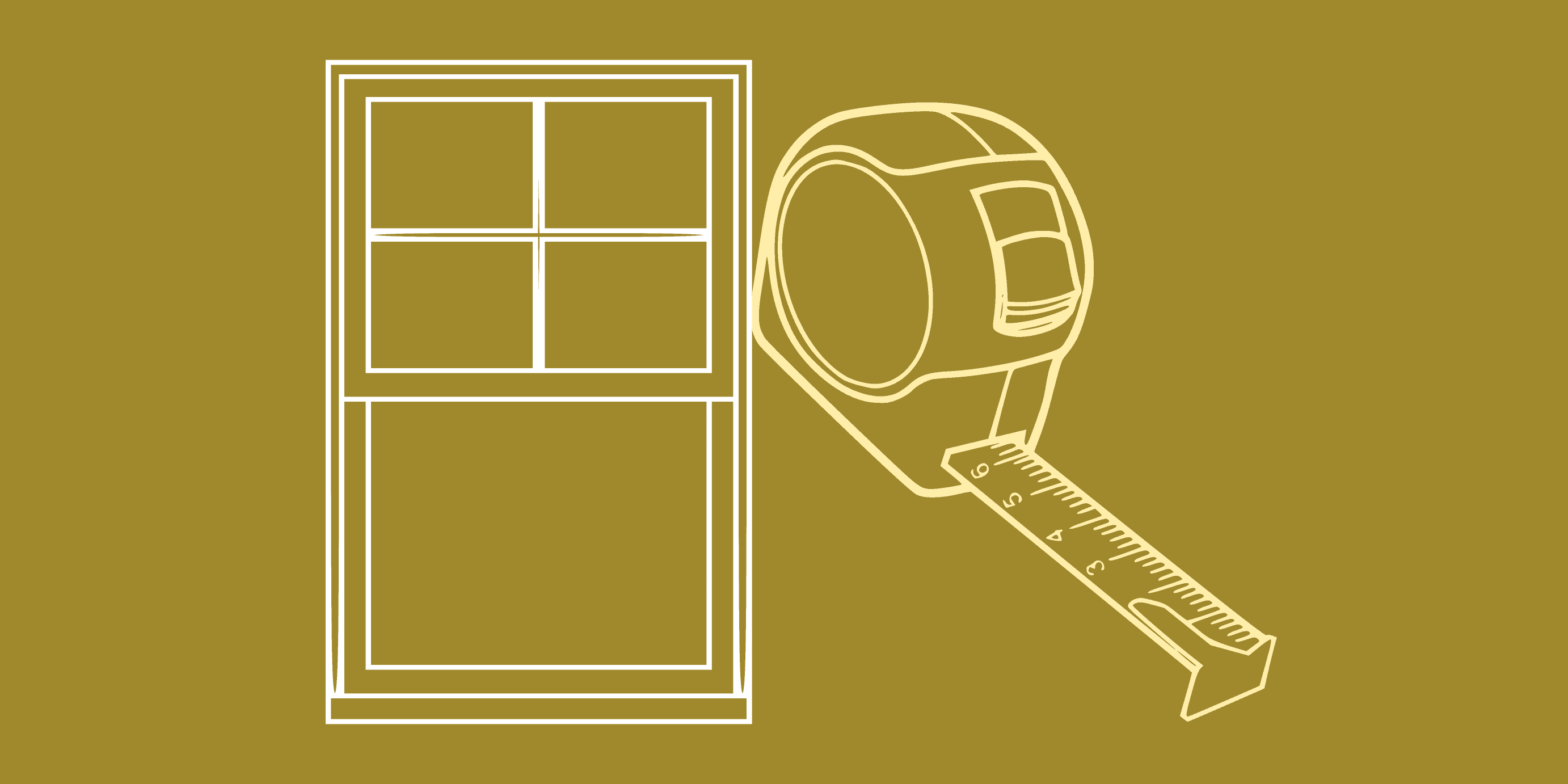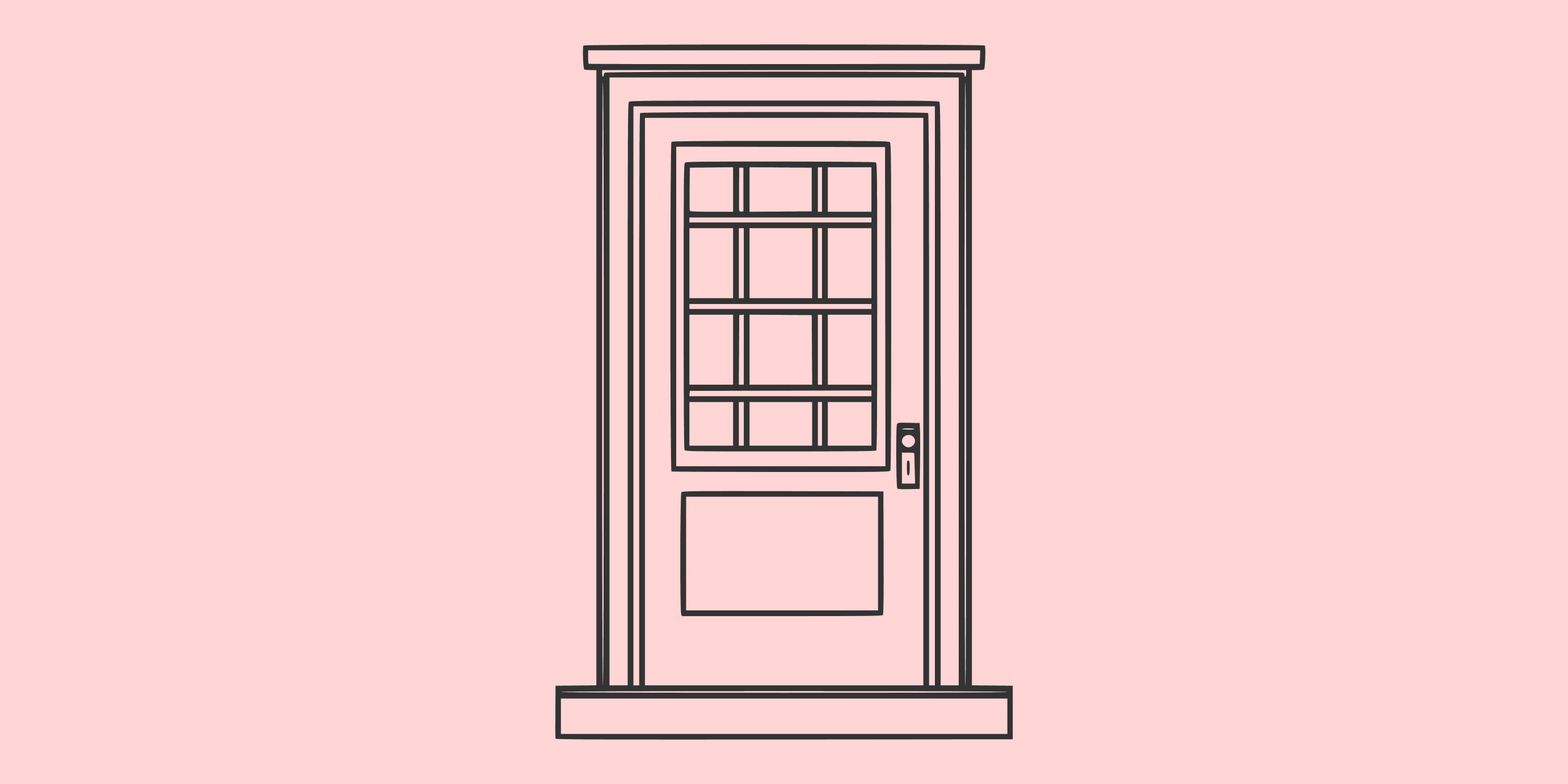How hard could it be to measure a window? Just measure the height and width, hop online and purchase some replacement windows. However, windows vary greatly in size and each one needs to fit perfectly in its specific space. Being exact is critical; even a small mistake can mess up the installation and affect how well the window works. Here are some tips to help you measure your windows accurately.
How to Measure a Window
To measure a window accurately, it’s not enough to just measure the height and width once; you need six measurements in total.
For the width: Stretch your tape measure from one side of the window frame to the other at the top, middle, and bottom of the window. This gives you three width measurements.
For the height: Measure from the top of the window down to the sill. Take these measurements on the left, center, and right side of the window.
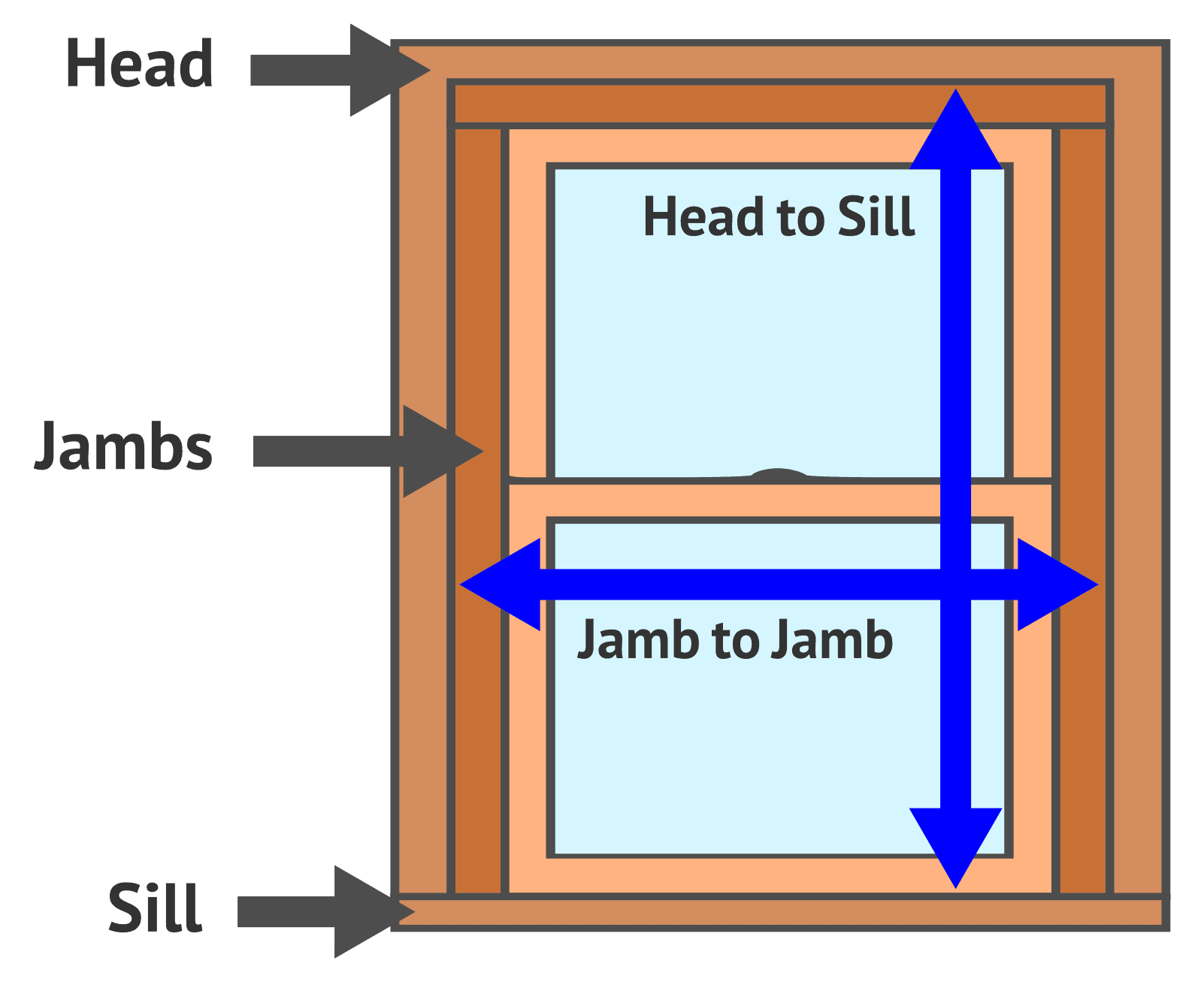
Understanding your window’s structure is key to measuring correctly. Make sure you measure from the right points. A common mistake is measuring to the part of the frame that holds the glass (the sash) instead of to the sides of the window frame (the jambs), or not measuring past the interior trim of the sill. This can lead to a window that is too small. If you measure beyond these points, the window might be too big for the opening.
Different types of windows may need different measuring approaches. For windows without upper frames (headers), measure from the drywall above the window straight down to the sill. If your window has sliding panels (sashes), take the middle measurements where these panels meet.
After taking all six measurements, write down the smallest numbers for both height and width. Since the part of the window you can see (the frame) is just a part of the whole structure, it’s safer to order a replacement window that is slightly smaller than your smallest measurements.
Measuring Single-Hung, Double-Hung, or Sliding Windows
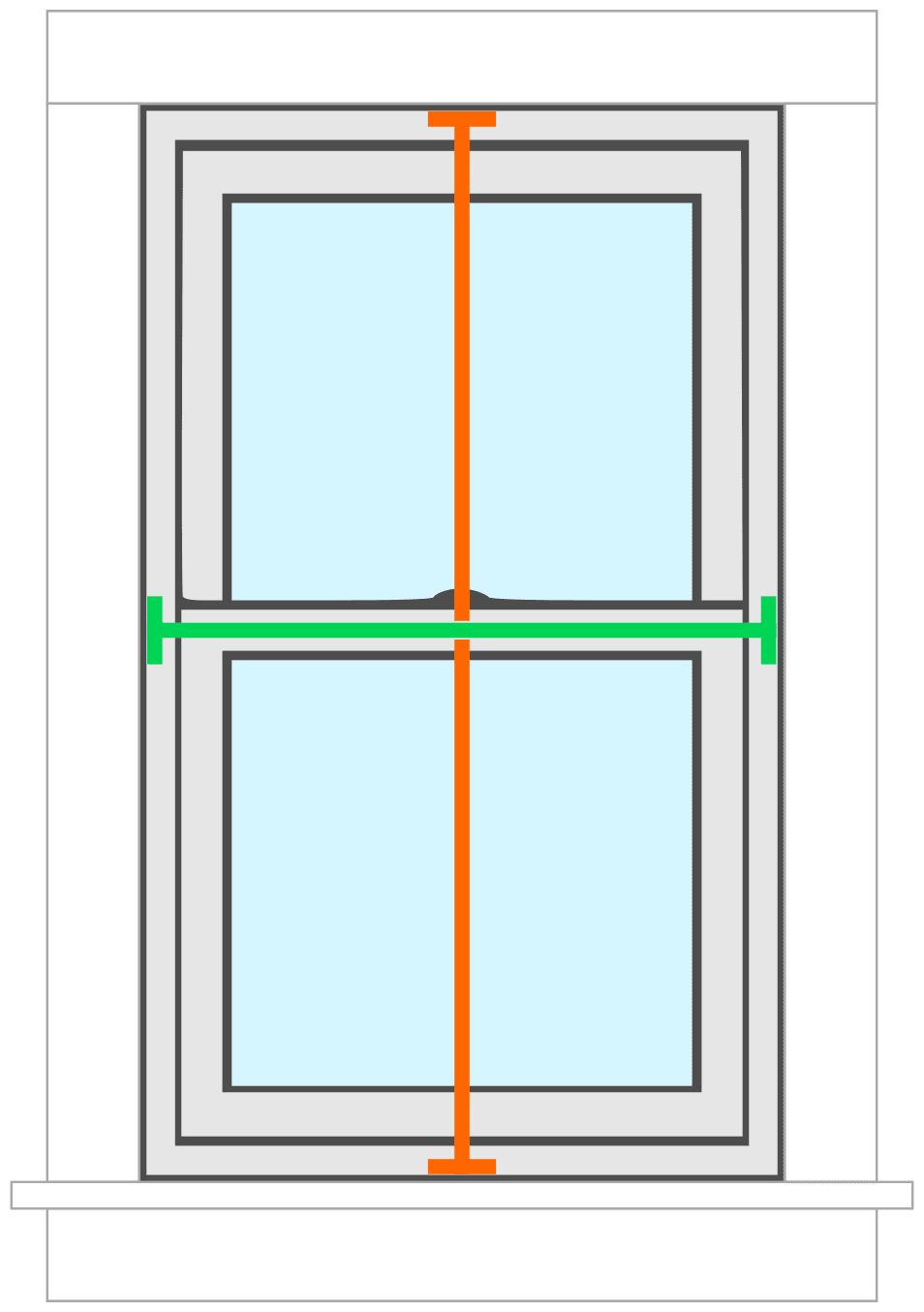
To measure single- or double-hung windows, as well as sliding windows, start by measuring the width. Place your measuring tape at the center of the window and stretch it from one side of the trim to the other.
For the height, again place your tape measure in the middle of the window and extend it vertically from the top trim to the bottom trim.
Make sure to double-check all your measurements. It’s important to confirm that you have accurately recorded both the width and height for your single-hung, double-hung, or sliding windows.
Measuring Casement or Awning Windows
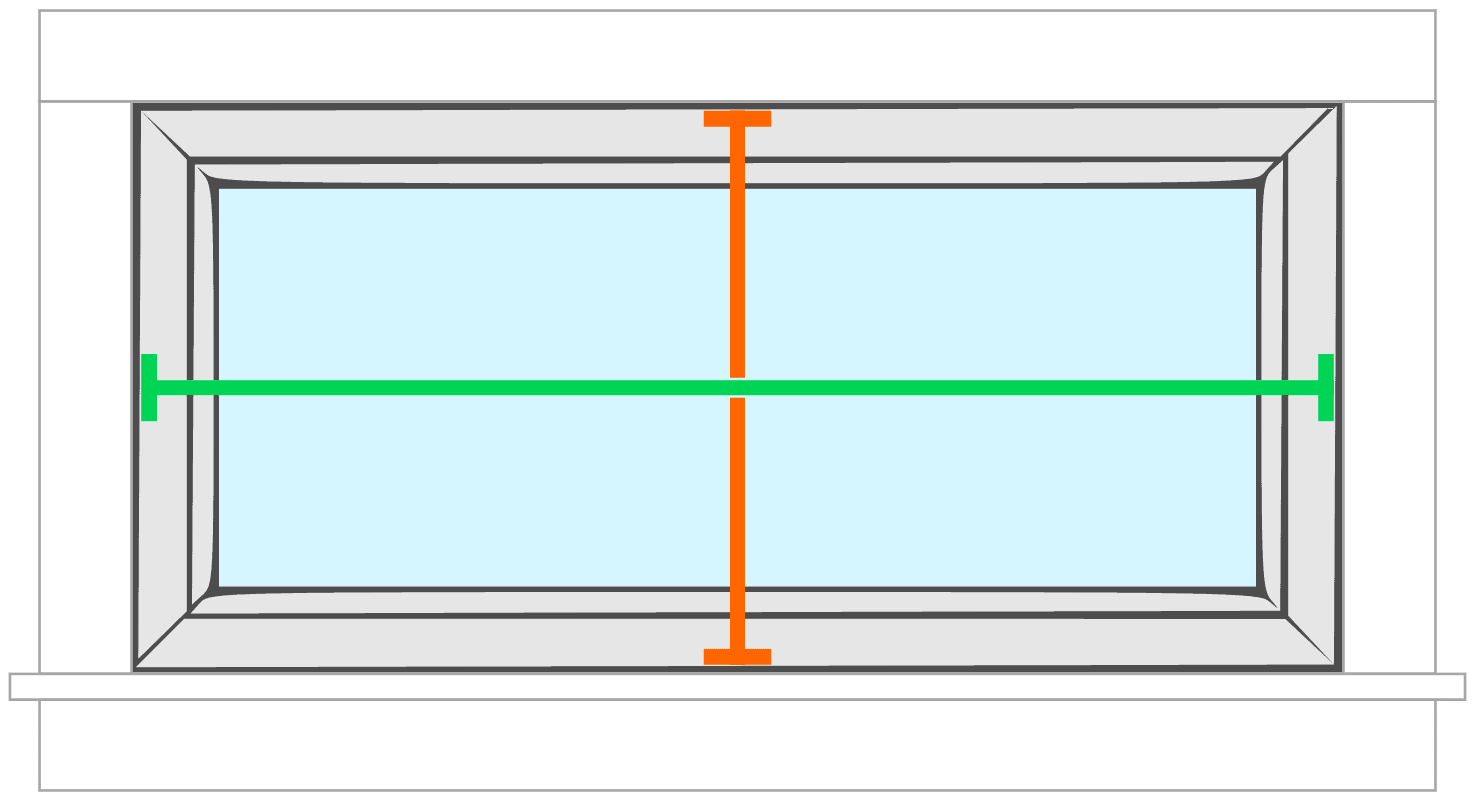
To measure your casement or awning window, start with the width. Place your measuring tape horizontally across the middle of the window, from one side of the trim to the other.
For the height, position your tape measure in the center again, but this time pull it vertically from the top trim edge to the bottom trim edge.
Always double-check your measurements to make sure they’re accurate, and remember to write down both the width and height for your casement or awning windows.
Measuring Bay or Bow Windows
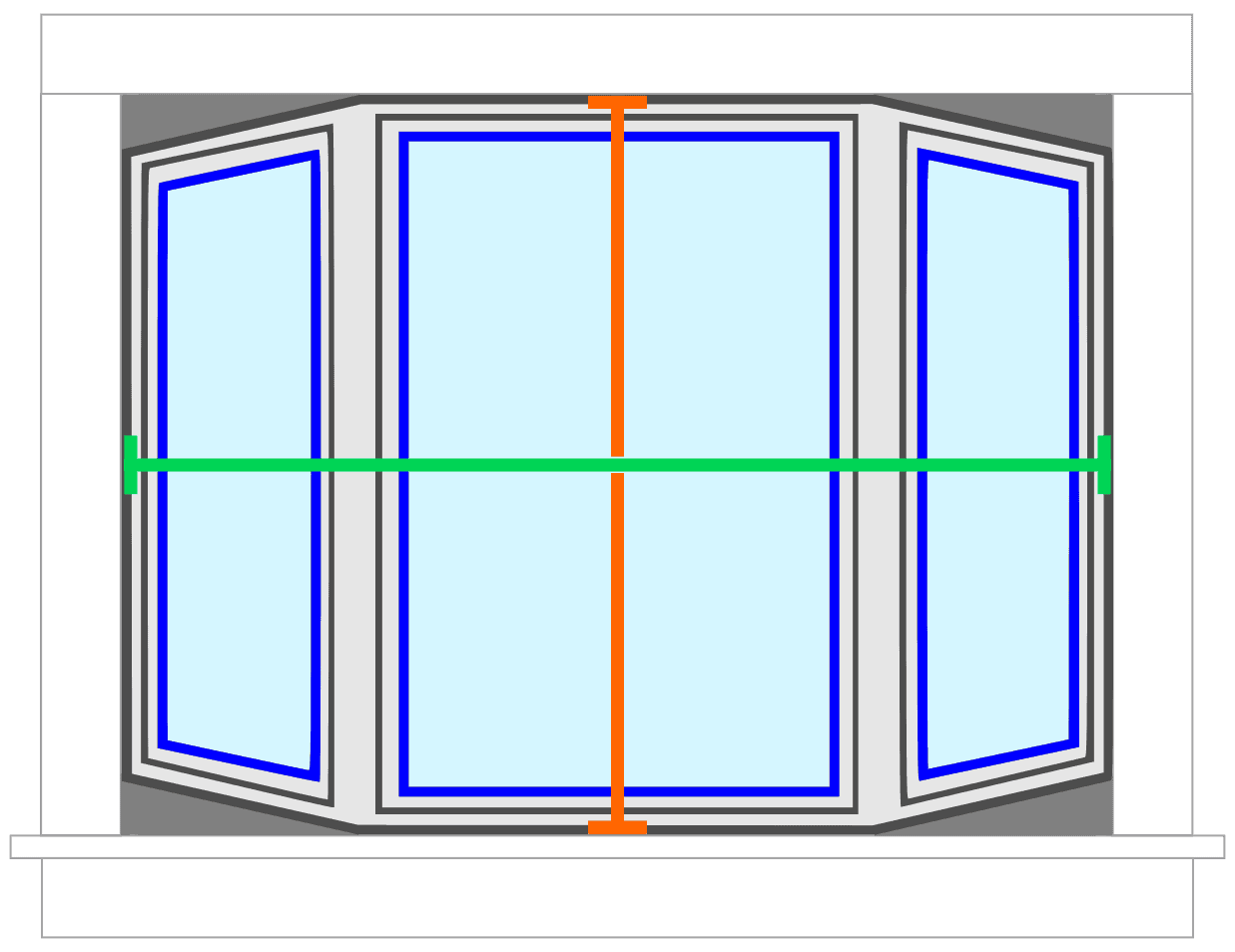
When measuring each section of a bay or bow window, start by placing your tape measure horizontally in the center of the window. Stretch it from one side of the frame (jamb) to the other, or from one edge of the trim to the other, based on the design of your window. Make sure to measure the middle window separately because it might be a different size from the other sections.
When measuring the height, place your tape measure vertically at the center and measure from the bottom trim to the top trim. To ensure your measurements are precise, double-check each one. Write down both the width and height for each section of your bay or bow windows.
How Much Does Window Replacement Cost?
Estimate Window CostsWhat to Do with Your Replacement Window Measurements
Once you’ve measured your windows, the next step is to prepare for replacing them. Start by noting more than just the height and width. Record details like:
This information will help a window specialist not only give you a price estimate but also offer customized advice on the best styles and features for your needs.
Having an in-home consultation can be very useful. Talking about options in a showroom is helpful, but having an expert visit your home to look at your windows and discuss what will work best is invaluable. They can spot any issues with how your windows are working and suggest improvements, and even bring samples to see how they look with your home’s decor.
Why Professional Window Measurement is Important
Just like any major home improvement project – whether it’s installing countertops, cabinets, or flooring – getting a precise measurement by a professional is key before starting the work. Remember the saying, “Measure twice, cut once.” Professionals strive for an exact fit to ensure you’re happy with the final result and that the installed products work perfectly.
Even a small error in measurement can cause big problems and extra costs:
- Windows may not operate correctly
- Increased draftiness
- Lower energy efficiency
- Risk of water damage, mold, or rot
- Problems with condensation
- Safety issues
Choosing professional measurement, often available as a free consultation, makes sure your windows fit just right. While you can measure yourself to get a rough estimate of what you need and how much it might cost, a professional’s expertise ensures accuracy and gives you peace of mind.

